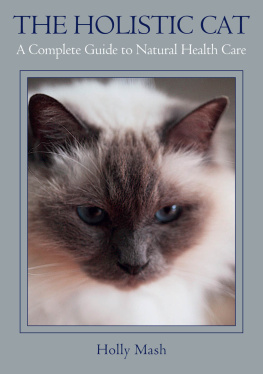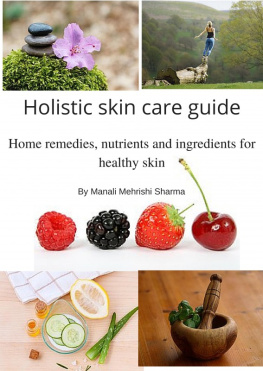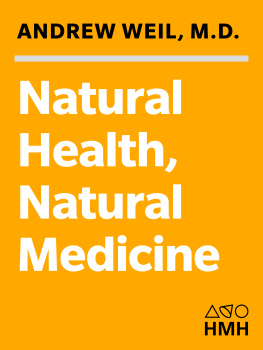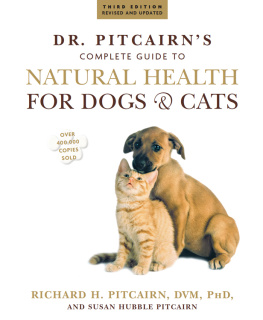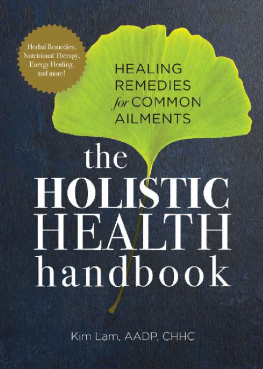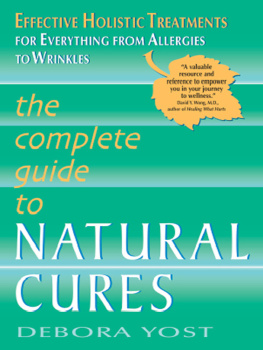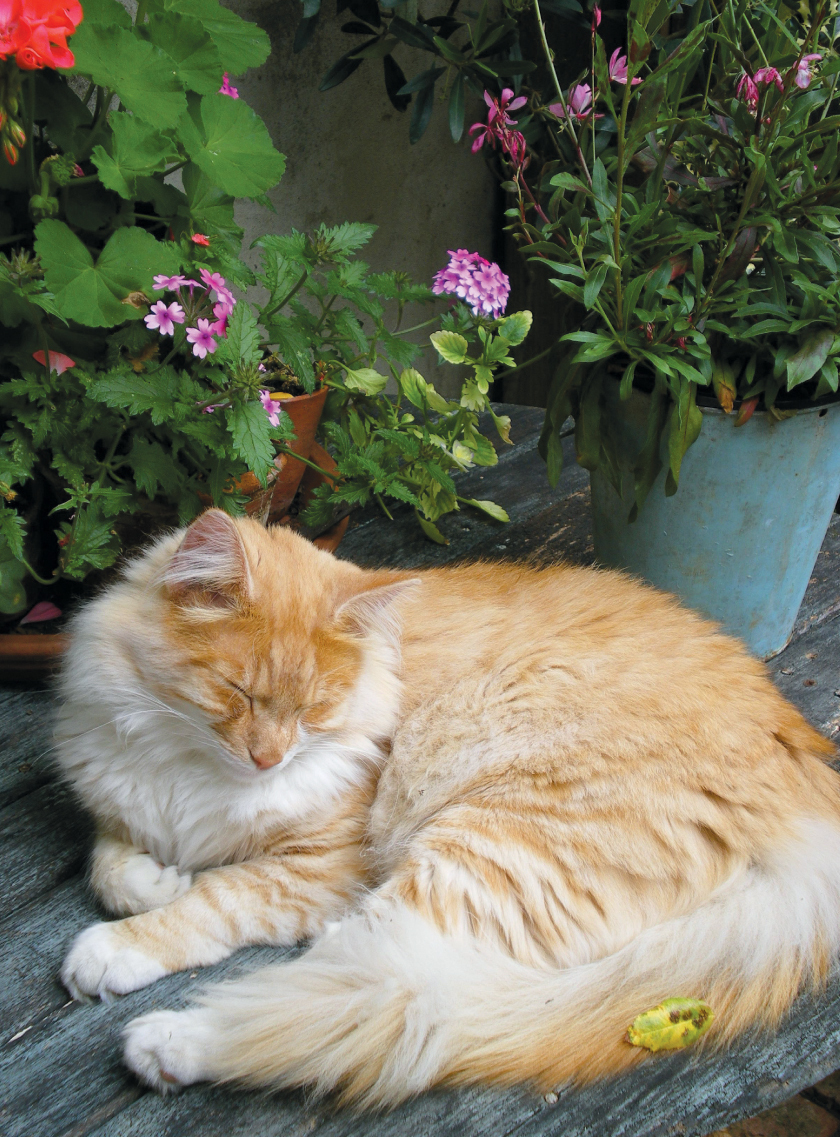
THE HOLISTIC CAT
A Complete Guide to Natural Health Care
Holly Mash

THE CROWOOD PRESS
First published in 2014 by
The Crowood Press Ltd
Ramsbury, Marlborough
Wiltshire SN8 2HR
www.crowood.com
This e-book first published in 2014
Holly Mash 2014
All rights reserved. No part of this publication may be reproduced or transmitted in any form or by any means, electronic or mechanical, including photocopy, recording, or any information storage and retrieval system, without permission in writing from the publishers.
British Library Cataloguing-in-Publication Data
A catalogue record for this book is available from the British Library.
ISBN 978 1 84797 781 6
Disclaimer
The author and publisher do not accept any responsibility in any manner whatsoever for any error or omission, or any loss, damage, injury, adverse outcome, or liability of any kind incurred as a result of the use of any of the information contained in this book, or reliance upon it. If in doubt about any aspect of holistic treatment, readers are advised to seek professional advice. For simplicity, throughout this book cats are referred to as she.
CONTENTS
This book is dedicated to my darling husband and our family.
On a Cat, Ageing
by Sir Alexander Gray
He blinks upon the hearth-rug,
And yawns in deep content,
Accepting all the comforts
That Providence has sent.
Louder he purrs and louder,
In one glad hymn of praise
For all the nights adventures,
For quiet restful days.
Life will go on for ever,
With all that cat can wish;
Warmth and the glad procession
Of fish and milk and fish.
Only the thought disturbs him
Hes noticed once or twice,
The times are somehow breeding
A nimbler race of mice.
1INTRODUCING COMPLEMENTARY THERAPIES
When the minds of the people are closed and wisdom is locked out, they remain tied to disease.
The Yellow Emperors Classic of Medicine (220 BC)
HOLISTIC MEDICINE
In holistic veterinary medicine we consider the whole of each patient, not just the symptom or condition they have presented with. This means that an in-depth consultation, usually taking an hour or more, is an important part of most forms of holistic medicine. Your cats family background, past and present medical history, as well as diet and daily routine, will all be explored and discussed. The holistic vet will also ask you about your cats personality and any individualizing characteristics of the presenting complaint. The details of any diagnostic tests that have been performed may also be of assistance. Finally, as well as observing the cat carefully throughout the consultation, they will also perform a full physical examination of your cat.
The whole is more than the sum of its parts, said the Greek philosopher Aristotle, neatly describing the general principle of holism.
Mind and body
The strong link between physical and emotional health is understood in holistic medicine. The interrelationship between mind and body has been accepted for centuries in traditional forms of medicine all over the world. In modern veterinary practice it is most easily compared to a branch of medicine called psychoneuroendocrinoimmunology (PNEI). This investigates the links between an animals mind (psycho), its nervous and hormonal systems (neuro-endocrine), and its immune system. A holistic approach to healing recognizes that the emotional, mental, spiritual and physical elements of each individual comprise a totality, and the aim is to treat the whole patient in this context. It concentrates on the cause of the illness as well as the symptoms.
INTEGRATED HEALTH CARE
Conventional veterinary treatment is, of course, a vital part of our toolbox of treatment options for your cat. How else, apart from with surgery, are we going to fix her broken tail or neuter her? In-deed, antibiotics are often crucial in helping us combat otherwise life-threatening infections. The aim of integrated veterinary medicine is to use each form of treatment, whether it is herbal, homeopathic, acupuncture, antibiotics or surgery, where it is most appropriate. Therefore, by widening the scope of possible treatment options for your cat, she will have a greater range of healing possibilities in any given circumstance. With an increasing number of disease-causing organisms becoming resistant to modern drugs, and a growing number of chronic conditions affecting todays cats, it is little wonder that there is a shift towards holistic and natural treatment. This is indeed the future for health care for your cat in the twenty-first century. The key to integrated medicine is to use complementary and conventional medicine in conjunction, wherever possible. For example, a homeopathic remedy may be used to speed up healing after orthopaedic surgery has been performed to fix a fractured tail, or Bach Flower remedies used alongside behavioural modification techniques. However, dont forget that each of the complementary therapies outlined here is also a complete healing system in its own right and in many cases will be best suited as a sole form of holistic treatment for your cat.
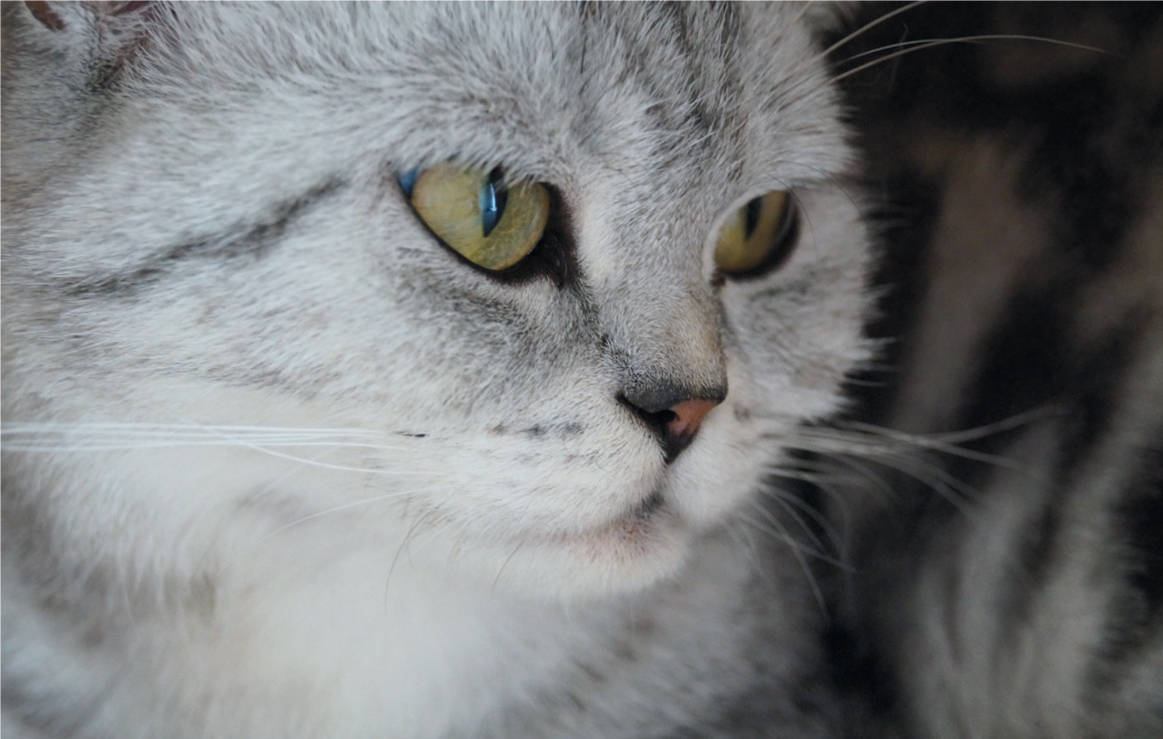
Holistic medicine considers the mind and body as a whole.
This chapter will review the most widely available and commonly used complementary treatments, explaining how they work and when they will be most useful. This will help you to know which particular complementary treatment will be best suited to your cat in a given situation.
HOMEOPATHY
Homeopathy is a system of medicine that stimulates the bodys own self-healing mechanisms. It is based on the principle that like cures like, which has been called the law of similars. This theory dates back to the days of Hippocrates and the Ancient Greeks in the fifth century BCE (the majority of maladies can be cured by the same things that caused them). However, it was only when the German physician Dr Samuel Hahnemann formulated it as a complete system of medicine in its own right in the early nineteenth century that homeopathy as we know it today was born.
How does it work?
Homeopathy acknowledges that the body has a natural self-healing mechanism, called the vital force. This can be considered as the energy in every living thing, that regulates the body and maintains health. Homeopathic remedies act to stimulate the vital force, and restore health in a gentle and natural manner. The most important principles in homeopathic medicine are as follows:
The law of similars
Diseases are treated with remedies that in a healthy individual would produce symptoms similar to those that they are used to treat. For example, Allium cepa, the homeopathic remedy made from red onion, is commonly used to treat symptoms of streaming eyes and nose: the same signs that you get when you slice a red onion. One way of understanding how homeopathic remedies stimulate self-healing is to compare them to how a tuning fork works. Thus, when the correct remedy is given to a patient it will resonate with her body and help it to re-tune to her normal, healthy frequency. The principle of like cures like is at the heart of homeopathic treatment because only the most precisely matched homeopathic remedies will resonate with the body and stimulate healing in this way. This is the reason behind the lengthy and detailed case taking. To make the best match between symptoms and remedy, in other words the most effective prescription, the homoeopath needs to know all about your cat and her unique set of symptoms. Armed with this information, they will consult their materia medica books that describe the healing powers of each remedy and through this process of analysis, known as repertorization, they will be able to find the remedy that most exactly matches your cats symptoms.

